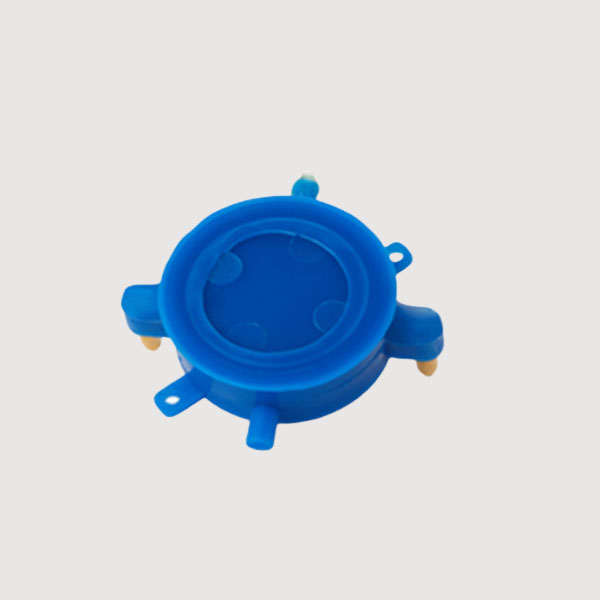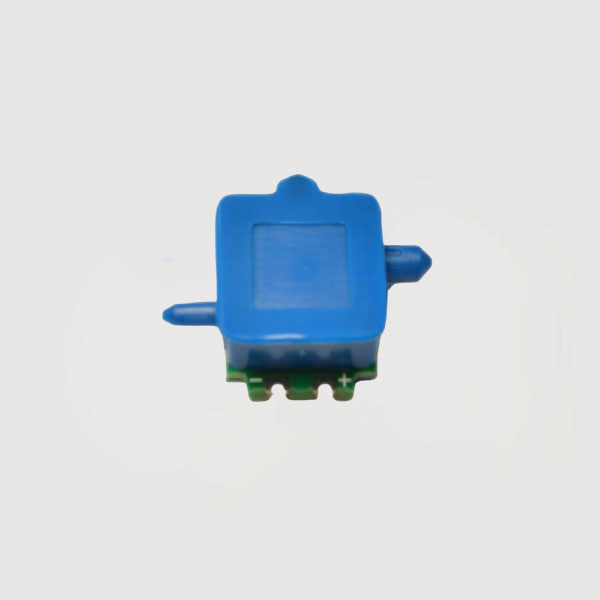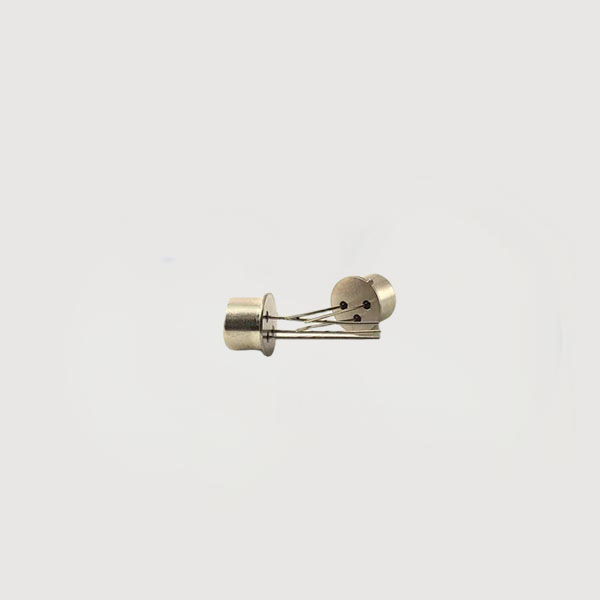

 News
News Industry News
Industry NewsIn addition to checking for drunk driving, many production and construction sites have strict regulations on checking for drunk drivers. Preventing drunk drivers from working is not only a reflection of the responsibility for employee safety, but also an important safeguard to reduce production safety accidents. Therefore, alcohol testers can be seen in pre-job testing of operating vehicle drivers and pre-job testing of high-risk operations.
Why can a breath alcohol tester detect the alcohol content in the human body?
This is because the alcohol tester is equipped with an alcohol gas sensor, which is equivalent to a gas sensitive resistor. The resistance value will change with the alcohol concentration in the breath of a person, thus causing changes in the current and voltage in the circuit.
The breath alcohol detector is developed from the original drunkenness tester, tester and portable alcohol detector. The first breath alcohol detector was successfully developed as early as 1954. Since then, breath alcohol detectors have begun to develop rapidly, and at the same time, alcohol sensor technology has been continuously improved.

At present, there are five main sensor technologies used in commonly used breath alcohol detector products, namely semiconductor detection technology, fuel cell technology, colorimetric technology, infrared detection technology, and gas chromatography analysis technology. Due to various reasons, the most commonly used are fuel cell technology and semiconductor detection technology.
Fuel cell type
The fuel cell type breath alcohol detector uses a fuel cell alcohol sensor as a gas sensitive element. The fuel cell alcohol sensor uses platinum as an electrode. The sensor combustion chamber is filled with a special catalyst, which can fully burn the alcohol entering the combustion chamber and convert it into electrical energy, which will also generate a voltage on the two electrodes. This voltage is proportional to the alcohol concentration of the gas entering the combustion chamber.
Tensensor Electrochemical alcohol sensor:


Characteristics of electrochemical alcohol sensor:
Wide linear range, strong anti-interference ability
Excellent repeatability and stability
Low power consumption, high precision, high sensitivity
Semiconductor type
Semiconductor sensor breath alcohol detectors generally use tin oxide semiconductor sensors. When the concentration of sensitive gas in the measured gas increases, the gas-sensitive properties of the tin oxide semiconductor sensor will cause the resistance value to decrease.
Tensensor Semiconductor alcohol sensor:

Characteristics of semiconductor alcohol sensor:
Small size, low power consumption,
high sensitivity, fast response recovery
low cost, long life
More about products, pls feel free to contact us!!!